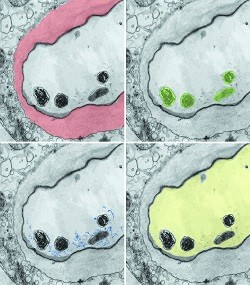How aerosols affect clouds
Cloud formation is a key component of global weather cycles, and thus has a major influence on climate change. However, there is little scientific understanding of how aerosols in the atmosphere affect this process. To address this scientific question, the EU-funded ACI-AMS project sent a researcher to Puy de Dome, a weather station in France. This is the only site in Europe with instruments capable of measuring the height of the planetary or atmospheric boundary layer. ACI-AMS completed two periods of observation at Puy de Dome. It measured aerosol hygroscopic and cloud nucleating properties, as well as the size, distribution and chemical makeup of aerosols. Cloud events that took place during the periods of observation were used to better understand interactions between aerosols and cloud formation. Researchers then assessed the implications of these interactions on the atmosphere and on climate change in general. Findings from ACI-AMS were presented at several distinguished conferences and atmospheric science meetings. The results contribute to scientists' understanding of the atmosphere and how human activity affects it.







